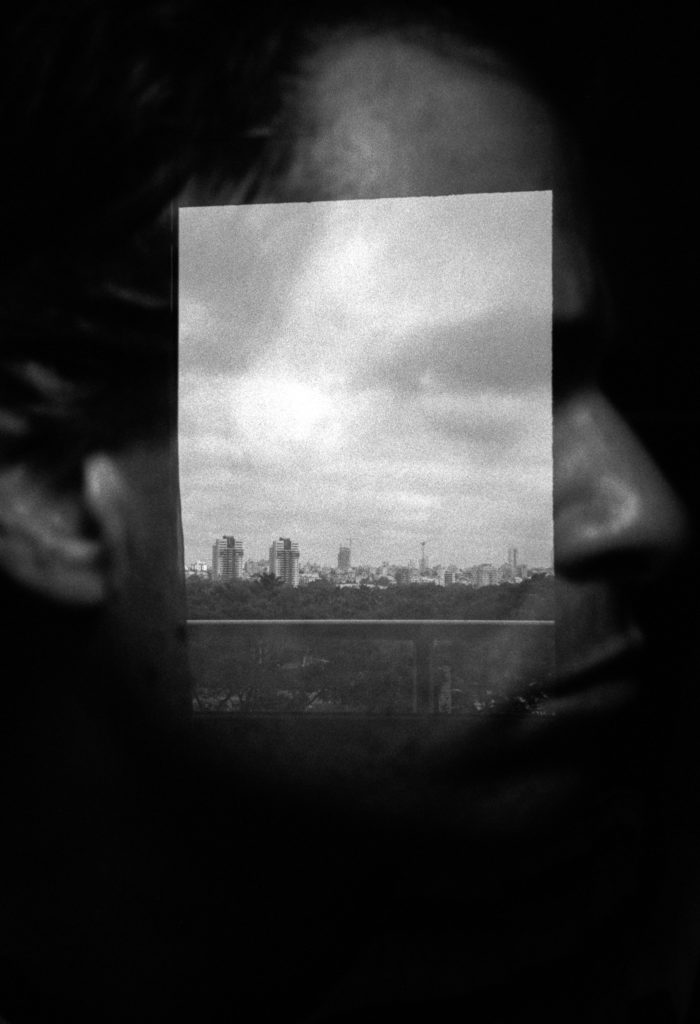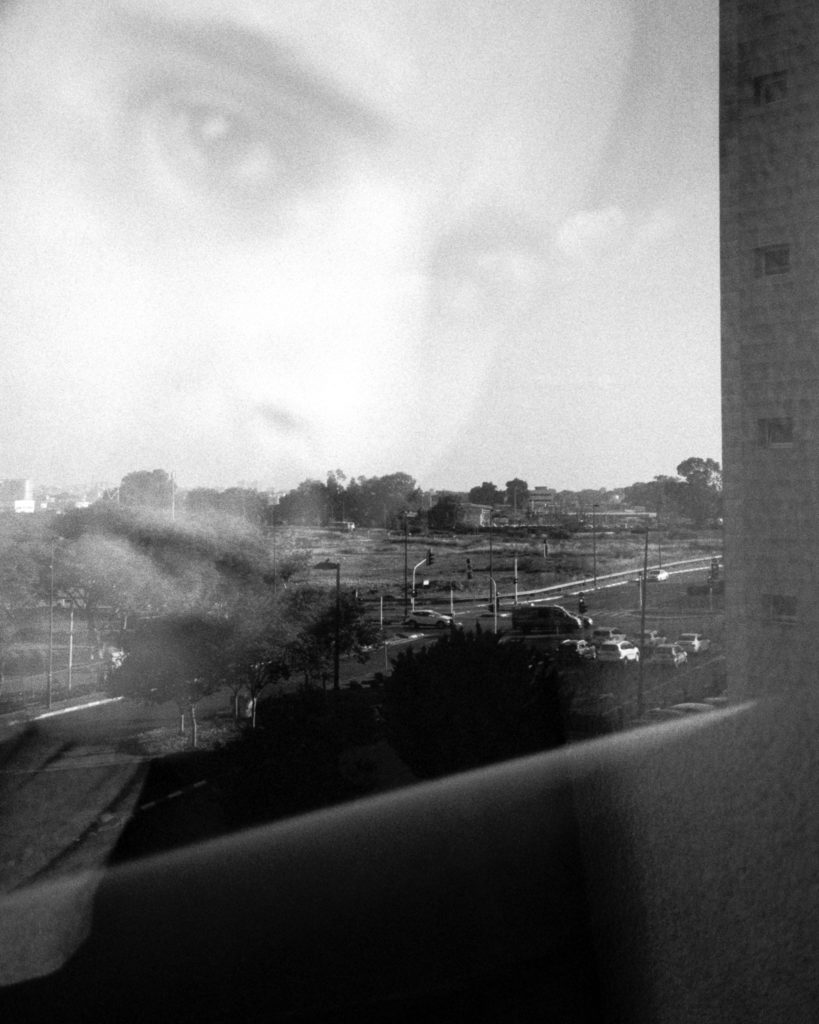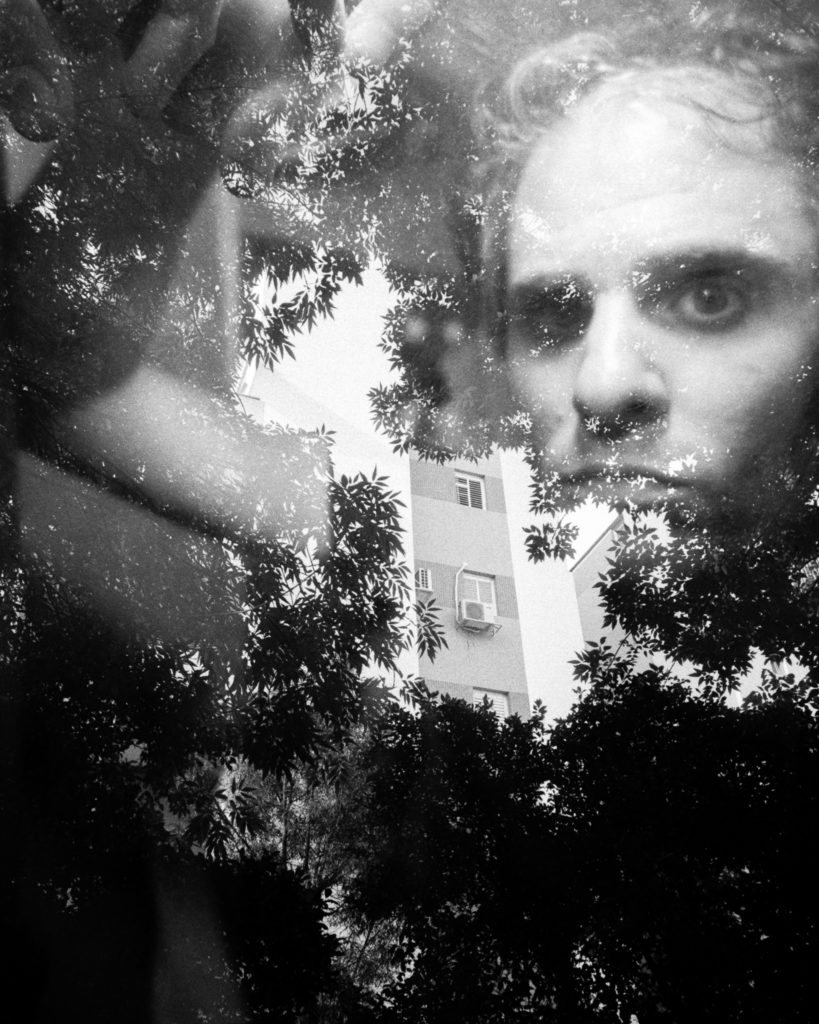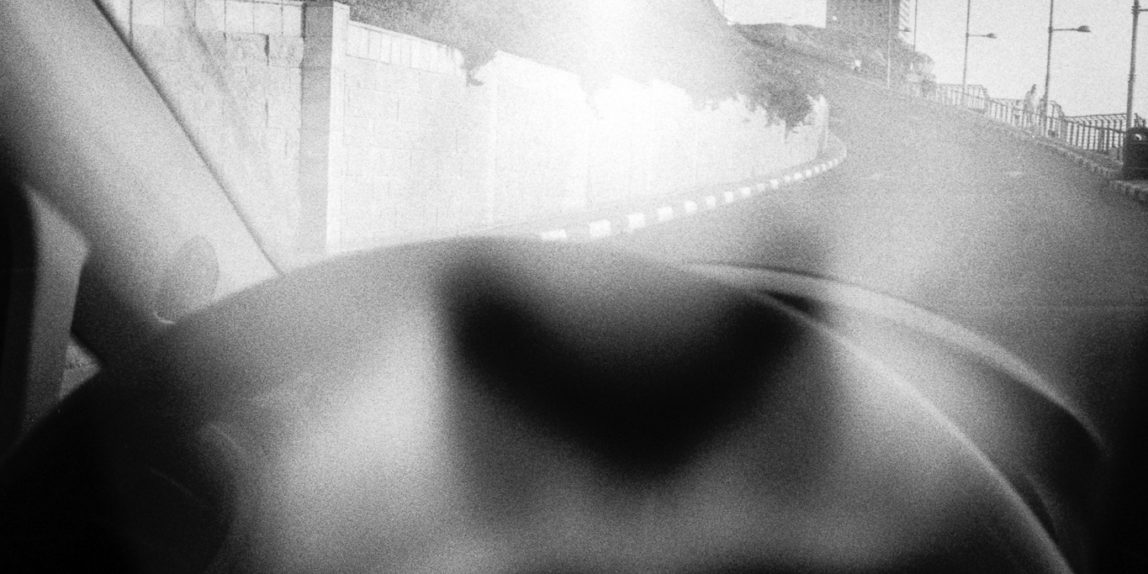The decision to name something “a landscape” (or “a view”) is precisely that—a decision—made, usually inconspicuously, in the back-office of our minds.
If we think about it, there is in the world no “landscape” per se without a viewer—just an accumulation of “stuff” that “is there”. “A” landscape, treated as discontinuous in English (like “a glass”, as opposed to continuous “glass”), is seized, carved in the continuum of the world. Its boundaries, cognitive linguists tell us, are not in the thing itself but rather those of the gaze of the person doing the viewing (or an external factor such as a picture frame, although the latter exists by dint of a painter’s or photographer’s decision what to include in the frame, a choice which might have felt objective and necessary in traditional photography but which Robert Frank in particular made apparent thanks to bold compositions that cut through body parts but include pipes and other inanimate objects, rejecting the traditional distinction between subject and background and restoring the world as a continuum in which the glance can carve a meaningful frame).
Here, by calling several vertical images “landscapes” (despite the mild contradiction with the “portrait” orientation which might seem to favor the viewer), and by creating hybrid frames which include a watching persona, I hope to further scrutinize the decisions taking place when we observe the world and admire “a view”.









